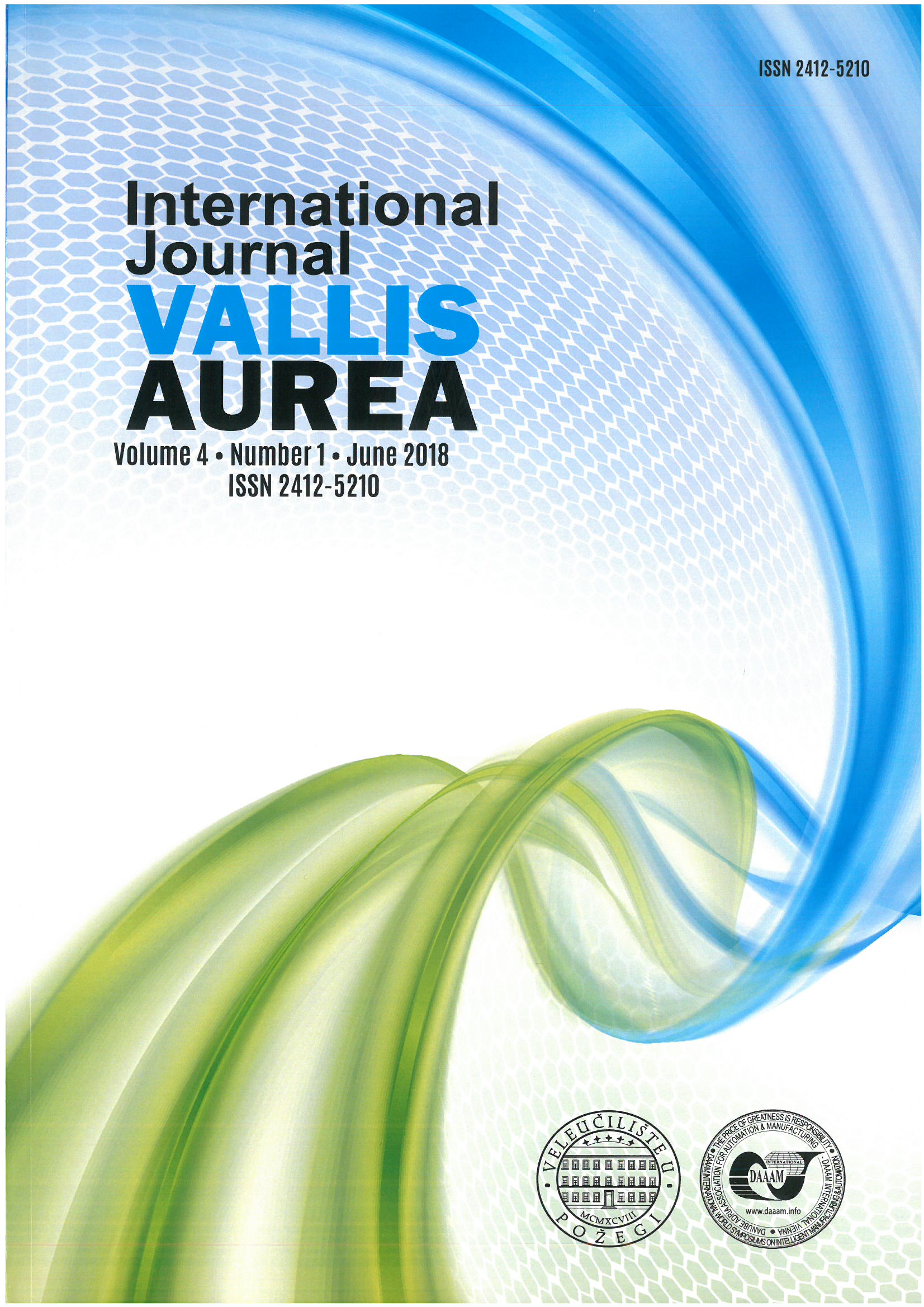Investigating Export Market Concentration for Developed, Developing and Transition Countries
DOI:
https://doi.org/10.2507/IJVA.4.1.1.43Keywords:
export market concentration, merchandise exports, concentration indices, Herfindahl-Hirschman index, globalisation, Linder hypothesisAbstract
Multilateral liberalisation of international trade started at the second half of the 20th century. Many, especially developing countries, benefited from trade liberalisation increasing their share of trade in global trade. This decrease in inequality of international trade between developed and developing countries can be measured by calculating market concentration indices. The emphasis is given to standardized Herfindahl-Hirschman index as the basic measure of trade concentration. Goal of this paper is to investigate concentration of global merchandise exports for developed, developing and transition countries using various concentration measures in the period between 1948 and 2016 and testing the validity of Linder hypothesis. Results of the analysis has shown that there has been decrease in market concentration of global merchandise exports in the observed period, the importance of developing and transition countries increased while developed countries preferred mutual trade instead according to the Linder hypothesis.
Downloads
Published
Issue
Section
License

This work is licensed under a Creative Commons Attribution-NonCommercial-NoDerivatives 4.0 International License.
Authors of papers for publishing in the journal agree under a Creative Commons Attribution-NonCommercial-NoDerivatives 4.0 International License.https://creativecommons.org/licenses/by-nc-nd/4.0/







